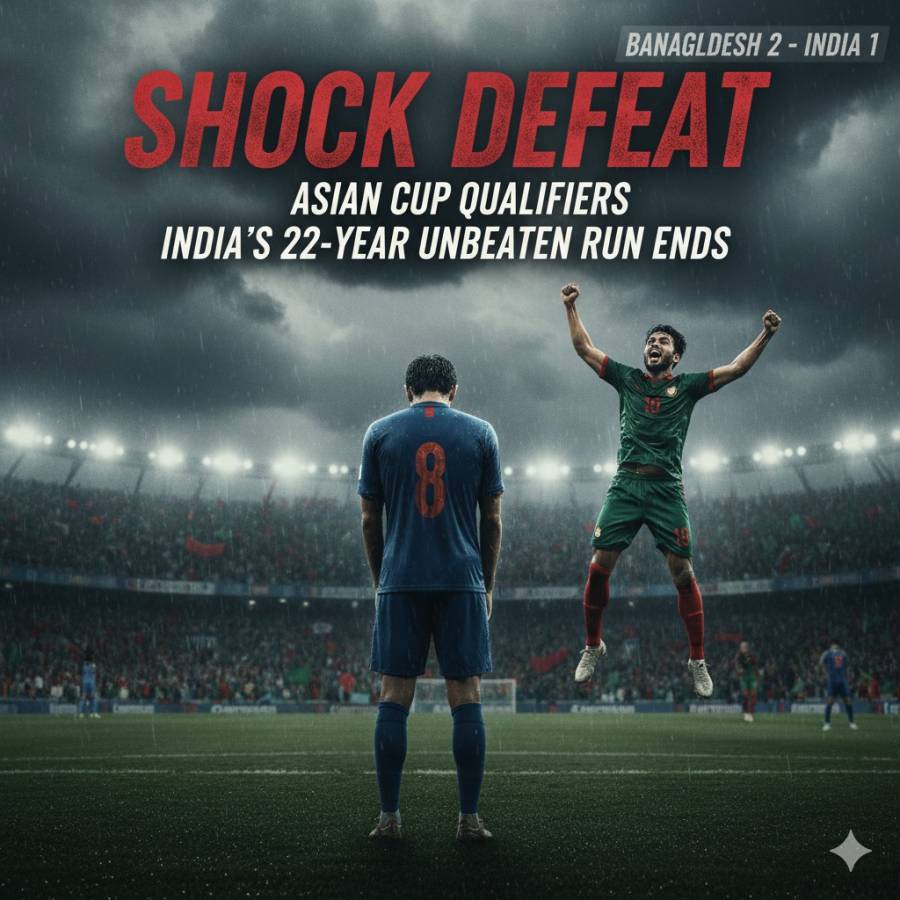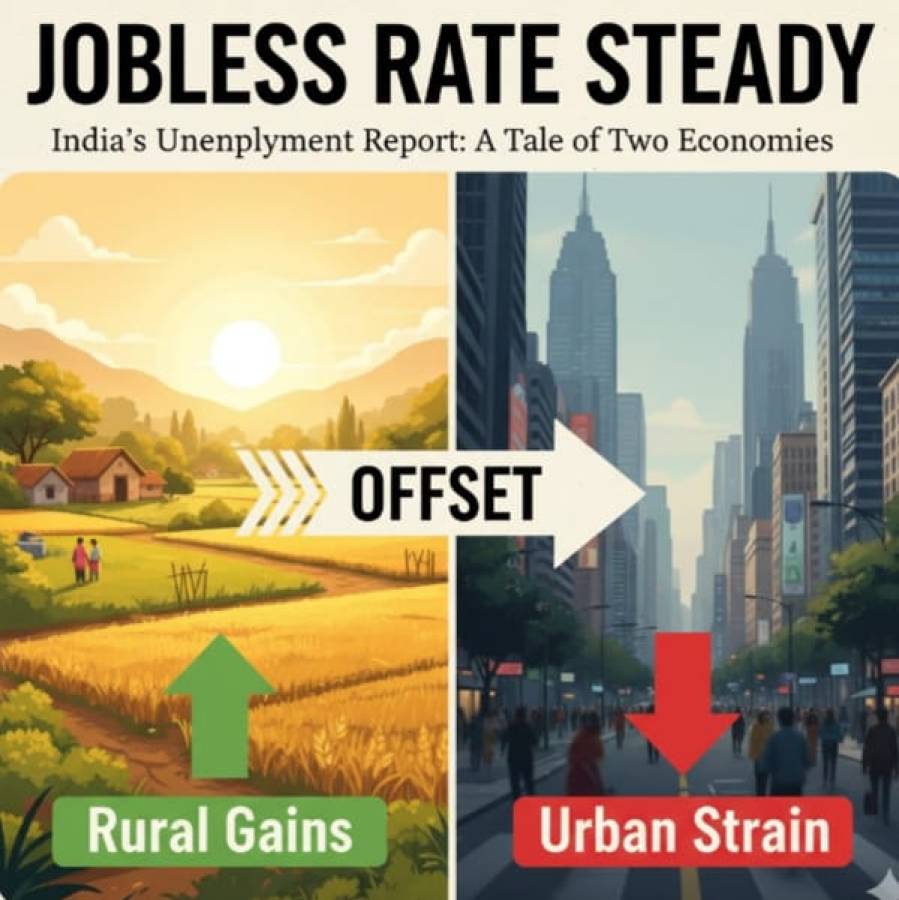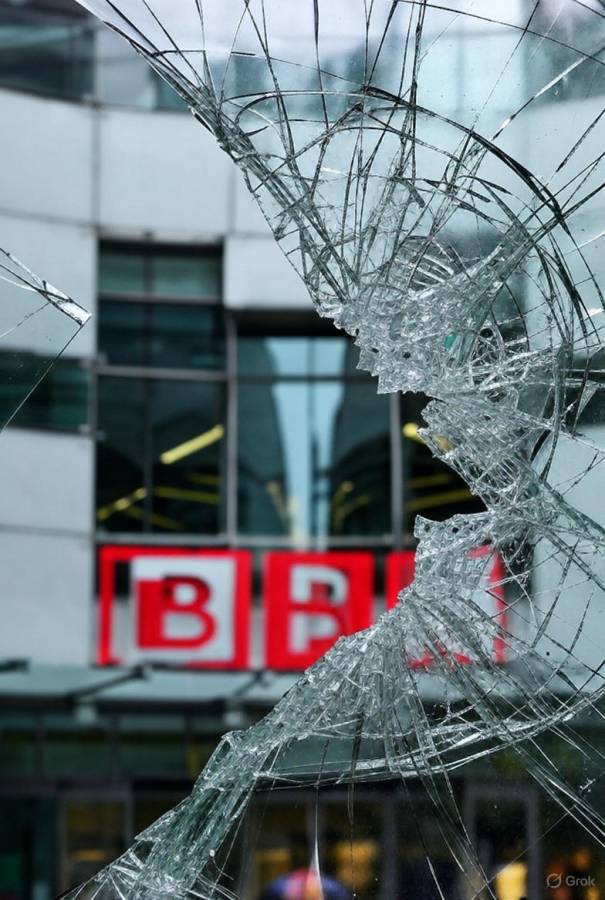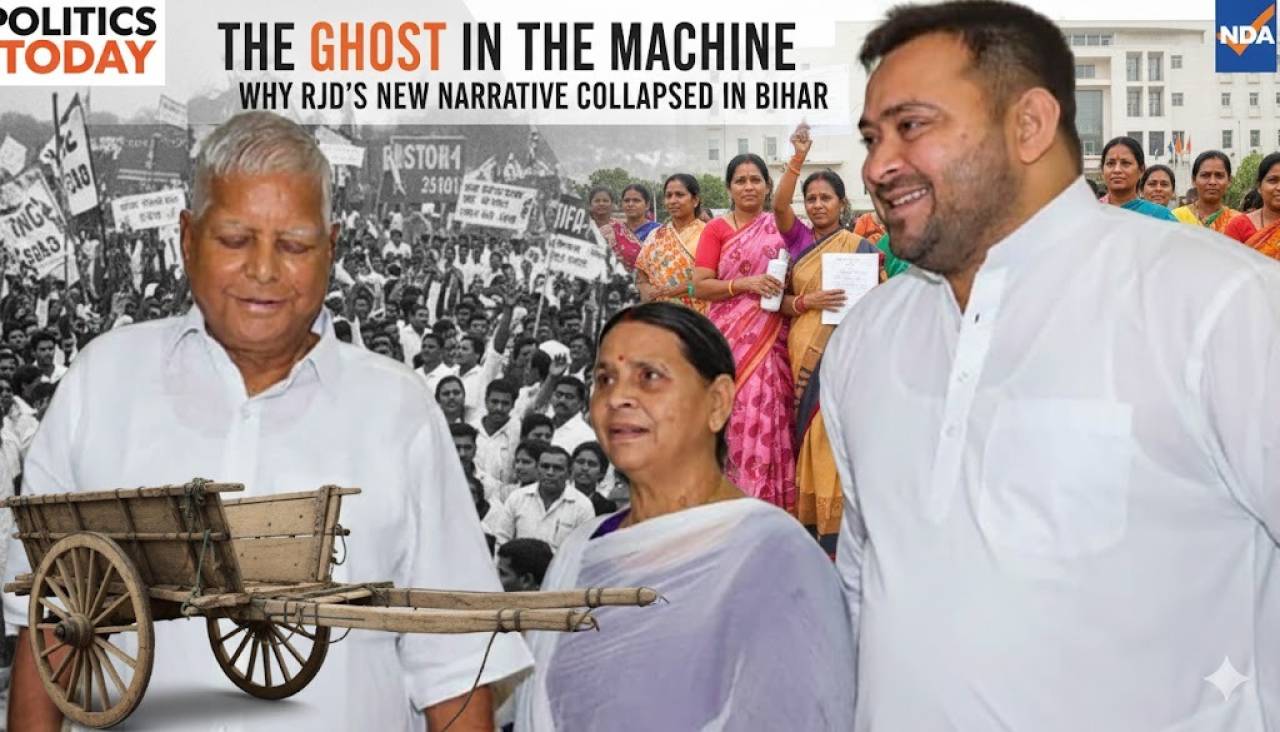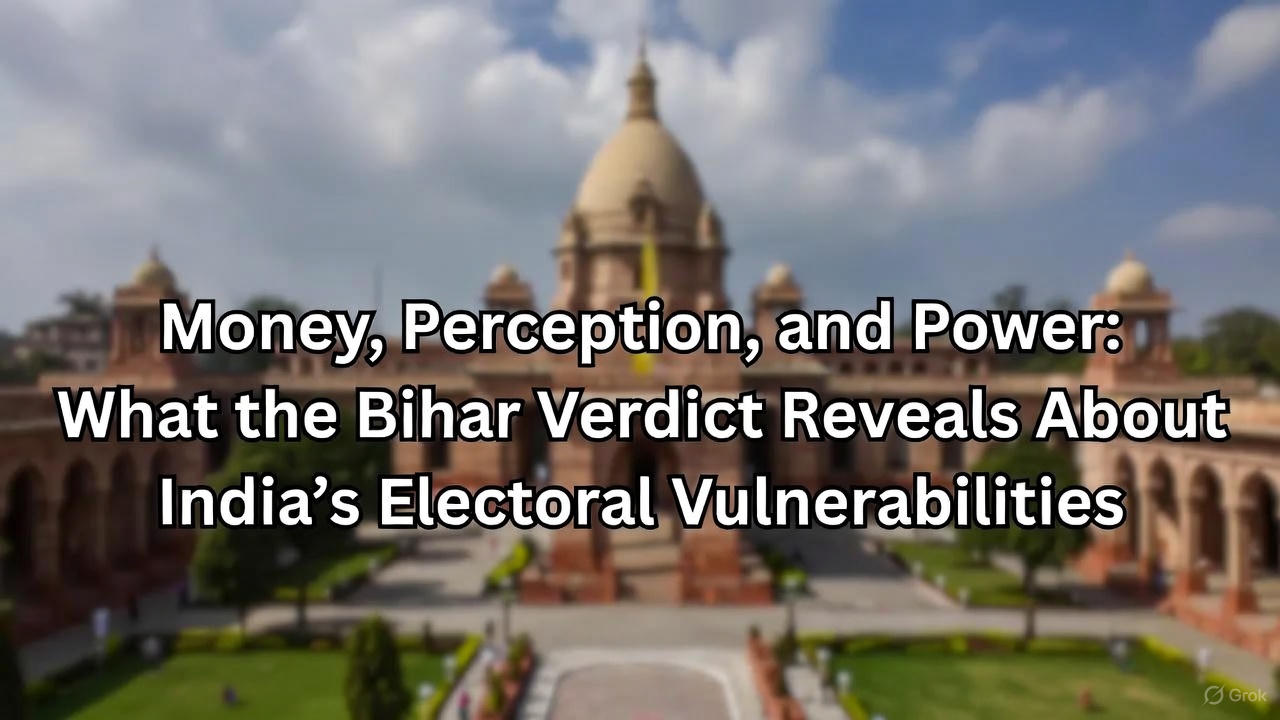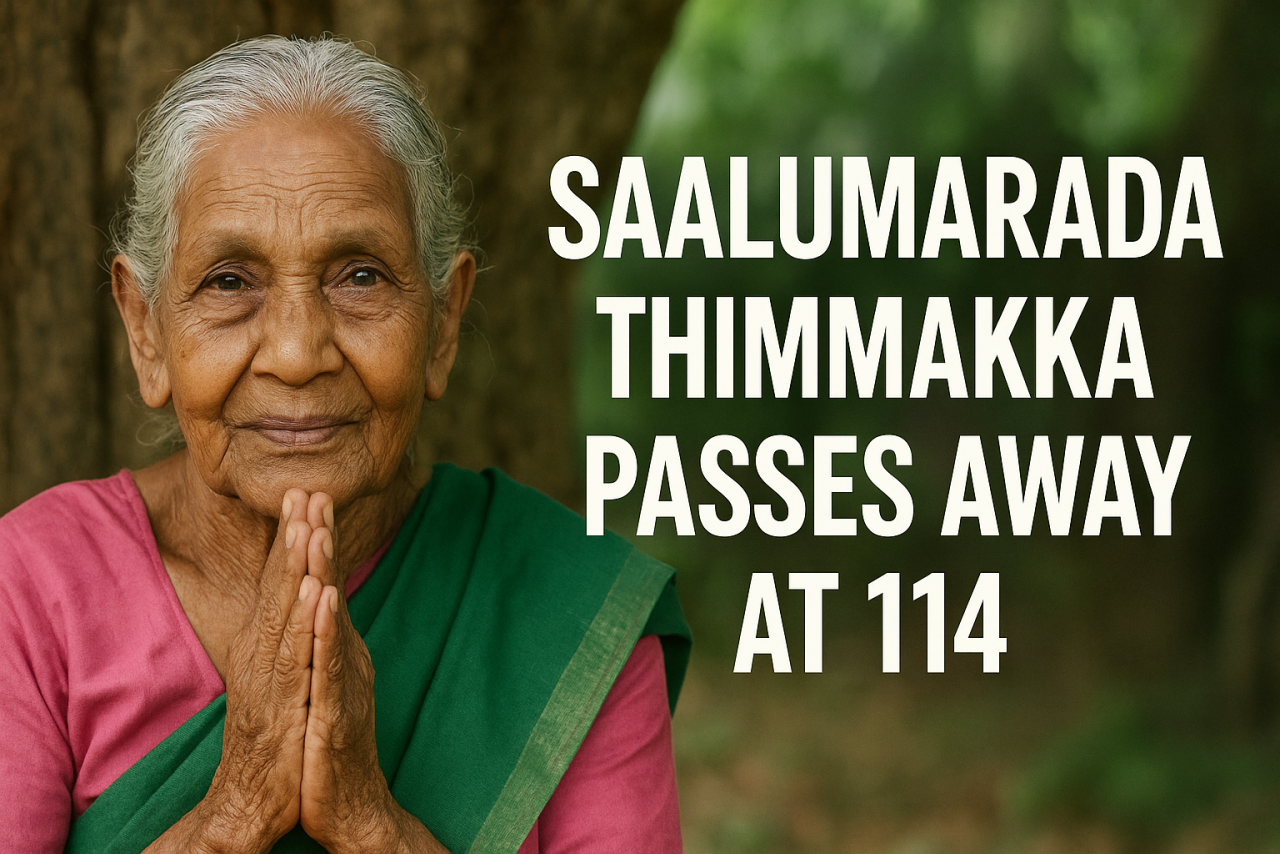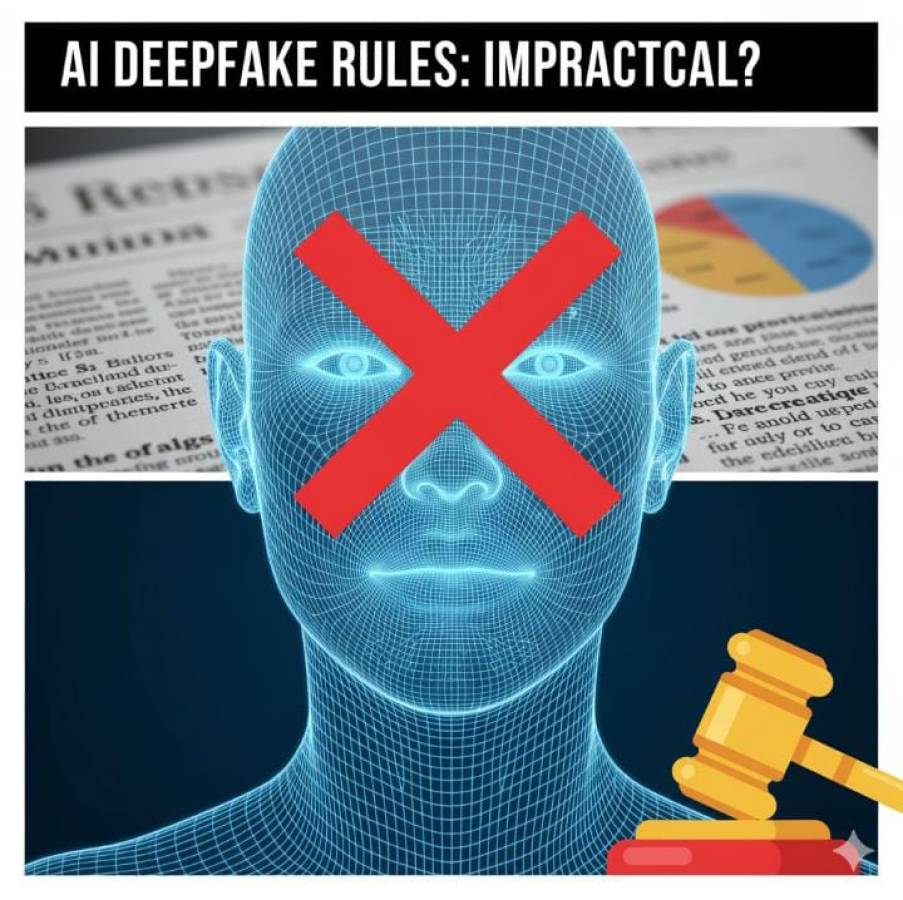
India’s education system, despite its vast reach and ancient legacy, continues to struggle in fulfilling its primary goals—nurturing talent, fostering creativity, and ensuring meaningful employment. Instead, education in India has largely become a tool for job security, with government jobs as the ultimate aim. When that fails, private sector employment becomes the fallback. This employment-first mindset has eclipsed the true purpose of learning: intellectual growth and societal contribution.
Entrance Exams: The First Major Roadblock
Every year, over 25 lakh students appear for India's two most competitive entrance exams—JEE (for engineering) and NEET (for medical). With fewer than 10% securing seats across the 6,000 engineering and 695 medical colleges in the country, nearly 90% of aspirants are left behind. For many, this initial failure at the age of 17 or 18 becomes a lifelong psychological burden, undermining confidence and self-worth.
In a country that equates academic results with personal worth, students who don't crack these exams are often labelled as failures, not only by society but also by themselves. The mental toll is massive. Anxiety, depression, and a sense of worthlessness are alarmingly common. And since there are no widespread, well-structured counseling systems in place, many young minds are left to cope in silence.
Parental Pressure and Misguided Career Choices
Subject choices are often dictated by parents, not passions. Many students inherit career ambitions—either continuing a legacy or fulfilling their parents’ unfulfilled dreams. This results in a double burden: academic pressure and emotional guilt. Such coercion diminishes a student’s ability to make independent decisions, stalling personal and professional growth.
The decision of what to study is often made based on job market perceptions and family aspirations, rather than individual interest and aptitude. It is not uncommon to find an engineering graduate who wishes he had pursued music, or a commerce student who dreams of becoming a historian. The lack of career counselling in schools contributes heavily to this misalignment.
Flawed Foundations, Crumbling Futures
When students begin their adult lives feeling like failures, the system’s foundations are clearly flawed. The rigid thinking that a child must either replicate or rectify a parent’s career path has become deeply embedded. Unless this mindset shifts, the Indian education system will continue producing directionless youth rather than empowered individuals.
The situation is further worsened by the rote-learning culture prevalent in many schools and coaching institutions. Instead of fostering curiosity and problem-solving skills, the focus remains on memorizing textbooks and scoring high marks in board exams. This approach leaves students ill-equipped for real-world challenges.
Demographic Dividend or Disaster?
With 52% of India’s 1.4 billion people under the age of 30, the stakes are high. This demographic should be India’s greatest strength—a potential powerhouse of innovation and economic growth. But poor guidance, limited opportunities, and systemic pressure have left many confused and disoriented. Instead of innovating our own developmental model, we imitate others and hide behind mythological nostalgia.
We often boast of our historical achievements and ancient wisdom, yet fail to translate those values into modern frameworks of education. Countries with far fewer resources have made education more learner-centric and dynamic. Meanwhile, our youth is caught in a crossfire of expectation and disillusionment.
Private Schools and Arbitrary Stream Selection
Private schools have exacerbated the problem. Stream selection after Class 10 is based almost entirely on percentage criteria:
- 80–100%: Science (PCM/PCB)
- 70–100%: Commerce
- Below 70%: Humanities
This arbitrary division is widespread in Delhi-NCR and directly violates the spirit of the New Education Policy (NEP) 2020. Students and parents are rarely consulted, and disagreement often means finding a different school. When asked, the principal of Mayo International School (IP Extension, Delhi) admitted that no official NEP circular had been received—thus, they continue traditional practices unchecked.
This not only sidelines students’ interests but also sends a dangerous message that some subjects are inherently superior to others. It reinforces class and career hierarchies, where engineers and doctors are respected more than artists or social workers, irrespective of skill or impact.
The Gap Between Policy and Practice
While the NEP 2020 promises a new era of flexibility, skill development, and holistic education, its ground-level implementation is sluggish and inconsistent. Most schools and colleges continue to follow archaic models of curriculum delivery. Teachers are overburdened and undertrained in the new methodologies proposed by the NEP.
There is also a stark digital divide in rural and urban education infrastructure. While urban students may benefit from hybrid learning models, students in remote areas still struggle with access to basic resources like electricity, internet, and qualified teachers.
The Urgent Need for Reform
Classifying students based on marks undermines the importance of every subject. Whether it’s history or physics, literature or economics, each has the power to build fulfilling careers. What India needs is a complete overhaul of its education system, grounded in NEP 2020’s principles: flexibility, creativity, inclusivity, and skill development.
Teachers need to be empowered through training, students need career counselling from early on, and parents must be sensitized to the damage caused by pressure and comparison. Entrance exams should test aptitude, not stamina. And most importantly, learning should be made enjoyable and meaningful.
India doesn’t lack talent. It lacks systems that recognize, nurture, and celebrate that talent. Until education becomes a journey of discovery rather than a rat race, the system will continue failing its students—and by extension, its future.


